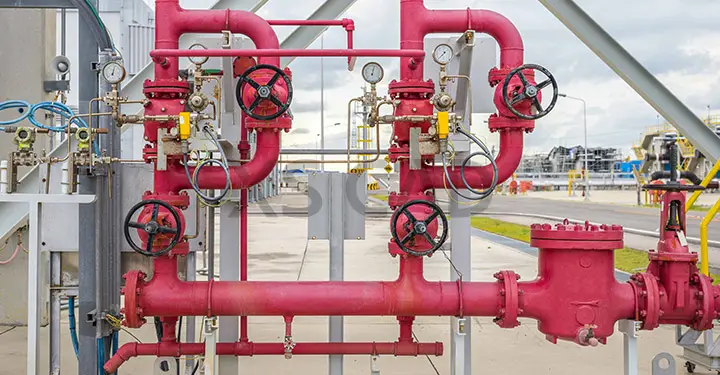Our Articles

BIM Drives Cost Efficiencies for Plumbing Design
Nobody wants to think about plumbing until it stops working or becomes faulty, but plumbing design services are of paramount importance for both the comfort of building inhabitants and the health and life of the building. Part of the wider ambit of MEP (mechanical, electrical, plumbing) the design of plumbing systems has experienced numerous benefits from using BIM (Building Information Modelling) technology and BIM modelling services. One of the more appreciated benefits of using the BIM process is that of cost efficiency in plumbing design.
As the construction industry faces challenges on several levels, including productivity issues, scarcity of skilled technicians and tight margins, there is an urgent need to improve productivity and reduce construction costs. A technological advancement in the AEC industry after CAD, BIM seems to have the potential to address these issues.
The National Building Information Model Standard (NBIMS) defines BIM as follows: ‘BIM is a digital representation of physical and functional characteristics of a facility, and it serves as a shared knowledge resource for information about a facility, forming a reliable basis for decisions during its life cycle from inception onward.’ BIM technology has evolved from being just a buzzword to the centerpiece of AEC technology, and it has significant benefits for plumbing design.
Cost Efficiencies for Plumbing Design Using BIM
With its many advantages, it is probable that using 3D modelling services & BIM technology processes may change plumbing design services from how it was previously practiced to help cut costs.
How BIM Can Change Plumbing Design
Increasingly, architectural and structural engineering firms find it more profitable for drafting to be handled by BIM software. Ideally, a plumbing draftsman should develop the concept of how pipes fit together and what fittings are required. While designing in BIM, piping systems are installed in a virtual world and modifications can be made easily without the services of specialised plumbing draftsman.
Plumbing calculations can help show building sustainability within the BIM format, providing more credible plumbing systems which require less maintenance in the long run.
The International Code Council is developing standards to include BIM in the code review process, with many national governments making it mandatory to design government projects within the BIM environment.
Using BIM in plumbing design is important for several reasons, all of which ultimately reduce costs.
To summarise, using BIM in plumbing design is a preferred option, because it is:
So, if a firm chooses to move to the BIM process, the plumbing designers must learn and familiarise themselves with new software. Investment in new computer hardware to run the BIM software may be on the cards. Time will be required for technicians to be trained to use the software and to develop content until they reach the optimum levels of efficiency. At this juncture, most firms prefer to outsource their plumbing design services to M&E design services providers who are experienced in BIM modelling services, reliable and cost efficient.
XS CAD has valuable experience providing 3D modelling services, BIM modelling services, plumbing design services and other M&E design services for MEP consultants and contractors. Our range of services for building engineering firms, such as consultants and contractors across the world, include MEP drafting, MEP modelling, 3D M&E (MEP) coordination, designing MEP systems, fire design engineering and plumbing design services. We create these models and drawings by using Revit MEP, AutoCAD MEP and BIM 360 Design for cloud collaboration.

